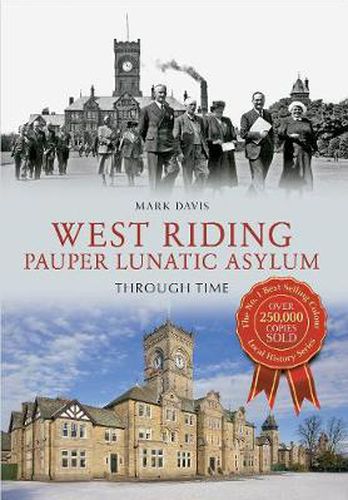Readings Newsletter
Become a Readings Member to make your shopping experience even easier.
Sign in or sign up for free!
You’re not far away from qualifying for FREE standard shipping within Australia
You’ve qualified for FREE standard shipping within Australia
The cart is loading…






During the eighteenth century the plight of those considered insane was dismal. Many were locked up in madhouses or chained in the workhouse, their illnesses ignored. It was only with the advent of the Industrial Revolution that reform came into place. Within the West Riding of Yorkshire the first steps in reform were taken by the Tuke family who built the Retreat at York, instrumental in bringing a new moral, caring attitude that was quickly adopted across the country. Through our journey in time we discover how former asylums in York, Wakefield, Sheffield, Menston and Huddersfield changed over the centuries. These sprawling institutions were self-contained, isolated villages in their own right. With the aid of fascinating photographs, a formidable history emerges from an age where it is estimated that at least 30 per cent of the asylum population were unjustly incarcerated without crime or foundation.
$9.00 standard shipping within Australia
FREE standard shipping within Australia for orders over $100.00
Express & International shipping calculated at checkout
During the eighteenth century the plight of those considered insane was dismal. Many were locked up in madhouses or chained in the workhouse, their illnesses ignored. It was only with the advent of the Industrial Revolution that reform came into place. Within the West Riding of Yorkshire the first steps in reform were taken by the Tuke family who built the Retreat at York, instrumental in bringing a new moral, caring attitude that was quickly adopted across the country. Through our journey in time we discover how former asylums in York, Wakefield, Sheffield, Menston and Huddersfield changed over the centuries. These sprawling institutions were self-contained, isolated villages in their own right. With the aid of fascinating photographs, a formidable history emerges from an age where it is estimated that at least 30 per cent of the asylum population were unjustly incarcerated without crime or foundation.